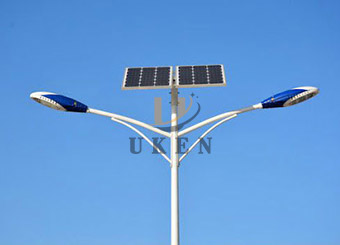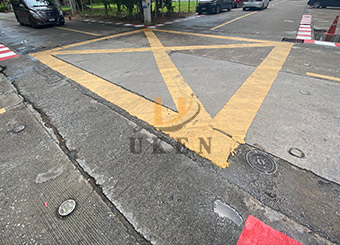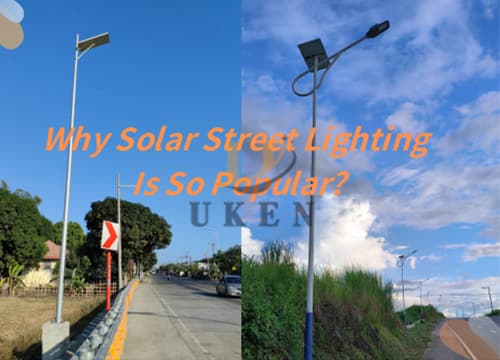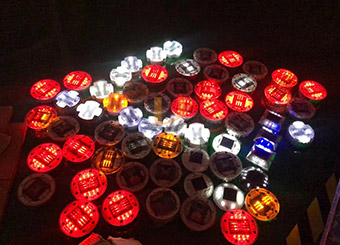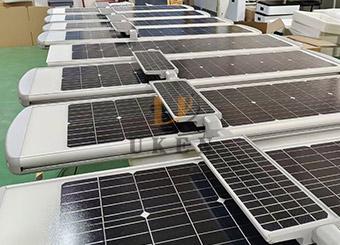As a vital artery of modern transportation, highways have significantly improved transportation efficiency but also come with numerous safety hazards. Vehicles travel at high speeds, typically between 60 and 120 kilometers per hour, and accidents often result in severe consequences; traffic volume is high, especially during peak periods such as holidays, with dense vehicle traffic that can easily trigger chain-reaction traffic accidents; drivers are prone to fatigue and distracted attention after prolonged driving, increasing the risk of accidents.
According to relevant data, highway accidents account for approximately 25% of all road accidents, with 70% of these accidents caused by lane deviations, rear-end collisions, and the inability to accurately identify road conditions in adverse weather. These figures clearly highlight the severity of the safety situation on highways.
Road studs, as an important auxiliary facility for highway traffic safety, though small in size, play an irreplaceable role. They provide clear road guidance for drivers in various complex environments and regulate vehicle trajectories. This article will explore in detail how road studs enhance highway safety from multiple perspectives.
Road studs possess strong reflective or luminous properties, enabling drivers to clearly detect them from a distance even at night or under adverse weather conditions such as rain, fog, or snow. Reflective road studs achieve their reflective effect through glass beads and reflective film. When vehicle headlights illuminate them, the glass beads refract light back toward the light source, while the reflective film further enhances the reflective intensity; Solar-powered road studs emit light on their own, actively emitting light in dark environments. Regardless of the type, they ensure that drivers can clearly see the road studs under various lighting conditions.
Road studs used on highways are made from high-strength materials such as engineering plastics and aluminum alloys. These materials can withstand long-term rolling from heavy vehicles, and even with a large number of trucks passing daily, the road studs are unlikely to be damaged. Additionally, they can resist erosion from harsh natural environments and maintain good performance under extreme weather conditions such as high temperatures, severe cold, and heavy rain. Generally, high-quality road studs have a service life of 5–8 years, reducing the frequency of replacement and maintenance while ensuring long-term performance.
Rail spikes are installed on highways using various secure methods, including adhesive bonding, embedded installation, and screw fixation. Adhesive bonding ensures tight adhesion between the rail spike and the road surface, embedded installation partially embeds the rail spike into the road surface to enhance stability, and screw fixation further reinforces the rail spike. These installation methods ensure that road studs remain securely in place and function effectively even under the impact of vehicle airflow and road vibrations, preventing loosening or detachment.
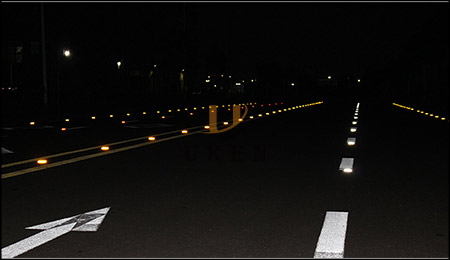
Road studs are installed along lane separation lines to clearly mark the boundaries between lanes. At night, when the visibility of traditional road markings decreases, the reflective or luminous properties of the road studs enable drivers to clearly identify lane boundaries, effectively preventing drivers from carelessly changing lanes or crossing the center line. On curved sections of the road, road studs arranged along the curve guide drivers to follow the correct trajectory, reminding them to slow down, thereby reducing the probability of vehicles overturning due to excessive speed on curves.
In areas such as highway interchanges and entrances/exits, where vehicle trajectories are complex, road studs are densely arranged to alert drivers in advance to slow down and change lanes, preparing them for entering or exiting the highway. Road studs in special colors, such as yellow and red, have a stronger warning effect. Yellow road studs alert drivers to changes in road conditions, while red road studs warn against certain actions, reducing confusion and accidents caused by sudden lane changes.
In adverse weather conditions such as rain, fog, and snow, the visibility of traditional road markings significantly decreases, making it difficult for drivers to accurately assess road conditions. Road studs maintain good visibility in such conditions. Reflective road studs are clearly visible under vehicle headlights, and solar-powered road studs emit light independently of weather conditions. In foggy weather, the ‘light bands’ formed by road studs guide vehicles to maintain safe distances and speeds, preventing rear-end collisions and other accidents.
Road studs are used to mark special road sections such as downhill sections, bridge surfaces, tunnel entrances/exits, and road construction areas. On downhill sections, road studs are arranged at regular intervals to remind drivers to control their speed and prevent vehicle loss of control due to prolonged braking; At tunnel entrances and exits, road studs help drivers gradually adapt to changes in lighting, reducing visual discomfort caused by sudden changes in light; In road construction zones, road studs form a clear boundary, guiding vehicles to detour, ensuring construction safety and smooth traffic flow.
After installing road studs on a certain highway section, relevant data showed significant changes. Lane departure accidents decreased by 45%, and rear-end collisions during adverse weather conditions dropped by 38%. Additionally, driver satisfaction with road visibility improved from 60% to 85%. These data clearly demonstrate the positive role of road studs in enhancing highway safety.
Case 1: A certain highway experienced frequent accidents at night, particularly on curves and long downhill sections. After installing high-performance reflective road studs, drivers could more clearly identify road contours and curve directions at night, resulting in a 52% reduction in accident numbers and significantly improving nighttime safety conditions on that section of the highway.
Case 2: A highway interchange with complex road conditions experienced frequent accidents caused by vehicles changing lanes incorrectly. By optimising the layout of road studs and increasing the use of special-color road studs to clarify vehicle travel routes, the accident rate at this interchange decreased by 40%, and traffic order was significantly improved.
Road studs and road markings work together to form an all-weather safety system. During the day, road markings clearly guide vehicle movement; at night or in adverse weather conditions, when the visibility of road markings decreases, road studs play a primary role in enhancing the effectiveness of road signage, ensuring that drivers can accurately identify road information at all times.
Road studs installed near traffic signs help direct drivers’ attention to the signs, such as speed limit signs or curve warning signs. When drivers see the road studs, they subconsciously focus on their surroundings, enabling them to promptly identify and comply with traffic sign regulations, thereby enhancing the warning effect of the signs.
Road studs installed near guardrails or crash barriers clearly mark the road edge. This reminds drivers to maintain a safe distance from the guardrails to avoid colliding with them due to vehicle lane deviation. At night or in poor visibility conditions, the presence of road studs allows drivers to detect the road edge location earlier, adjust their driving direction in advance, and ensure driving safety.
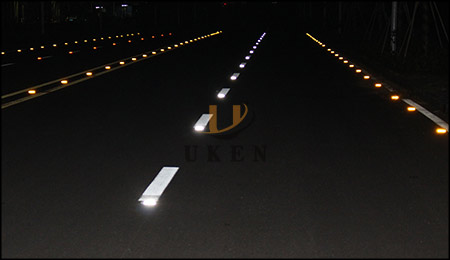
Road studs, with their high visibility, durability, and stable installation performance, enhance highway safety in multiple ways through reasonable layout in key areas. They effectively reduce various highway accidents such as lane deviation, rear-end collisions, and wrong-way driving, providing a robust safety guarantee for highway travel.
Promoting the use of road studs on highways is a highly cost-effective safety measure. Compared to other large-scale safety facilities, road studs have relatively low costs but significant effects, effectively protecting the lives and property of drivers and passengers. Therefore, relevant departments and units should recognise the importance of road studs and promote their application on more highway sections to further enhance the safety standards of China’s highways.
If you would like to learn more about highway road stud products or related solutions, please feel free to contact us through our official website or by calling our consultation hotline. We will provide you with professional services and detailed answers.
